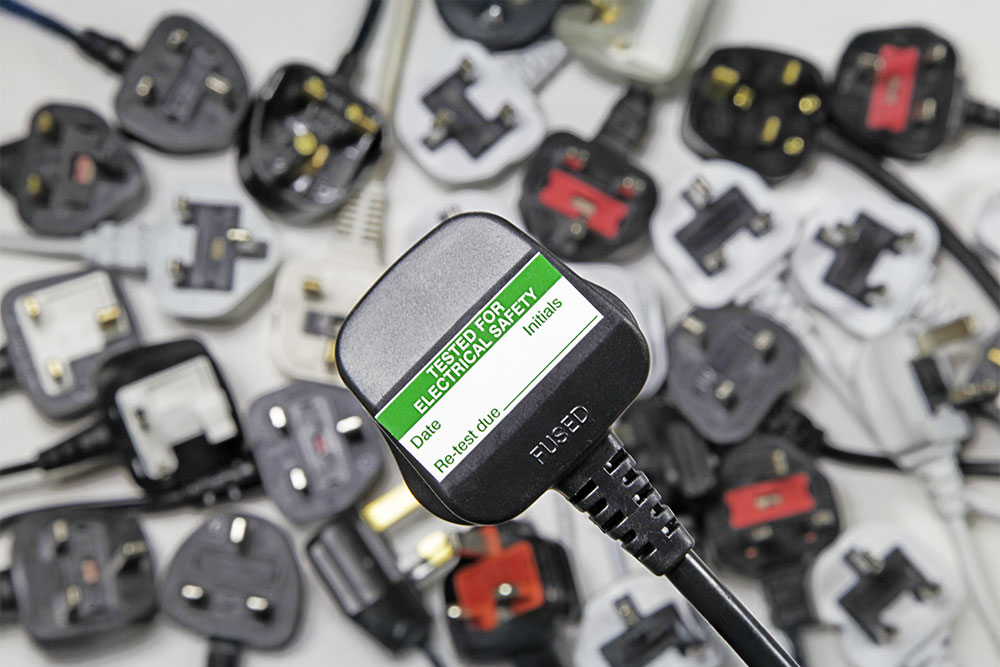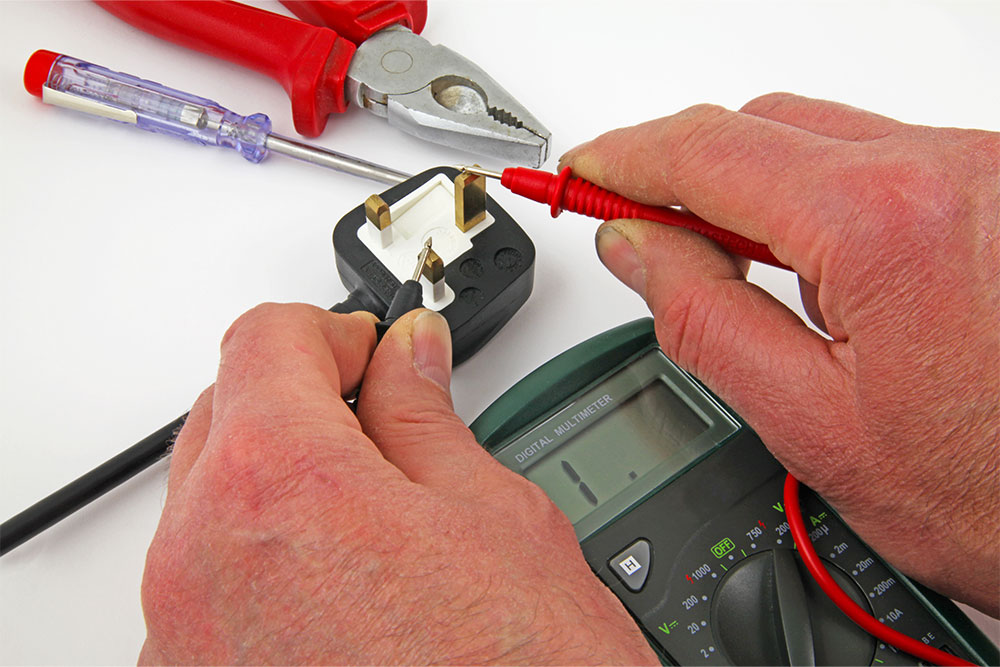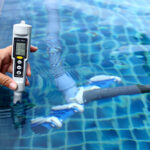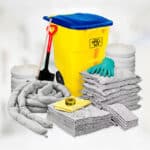
Portable appliance testing (PAT) is now referred to as electrical equipment testing (EET).
Why has the name changed? And has the process been updated?
This blog explains why PAT is now EET and what the change means for electrical safety in the workplace.
Key Takeaways
- Portable appliance testing (PAT) is now increasingly referred to as electrical equipment testing (EET).
- PAT and EET are alternative names for the same test used to confirm that electrical equipment is safe to use.
- The name change was prompted by the Institution of Engineering and Technology (IET).
- The IET was concerned that the name portable appliance testing was misleading. All mains-powered electrical equipment should be tested, not just portable appliances.
What Is PAT?
Portable appliance testing (PAT) was the common term for checking that electrical equipment is safe to use.
PAT was not an explicit legal requirement, but it was widely adopted by employers to ensure compliance with the Electricity at Work Regulations 1989 (EAWR).
These regulations require all electrical equipment used at work to be maintained in a safe condition. PAT offered a straightforward way to confirm this.
The full PAT process included:
- Visual inspection: Checking for damage to cables, plugs or casings.
- Electrical tests: Checking things like earth continuity, insulation resistance and lead polarity.
- Labelling: Marking appliances as ‘passed’ or ‘failed’ with a sticker.
What Is EET?
EET stands for electrical equipment testing.
It’s simply a new name for PAT. The purpose and testing procedure are unchanged.
PAT Testing Course
Our PAT testing course course provides the necessary information to understand and conduct portable appliance visual inspections and tests. It explains pass/fail criteria and takes trainees through test procedures with clear visual demonstrations.
What Has Actually Changed?
In 2020, the Institution of Engineering and Technology (IET) released the 5th Edition of its Code of Practice for In-Service Inspection and Testing of Electrical Equipment.
This edition marked a significant change by dropping the term “portable appliance testing” in favor of “inspection and testing of electrical equipment (ITEE)” or, more commonly, “electrical equipment testing (EET).”
Despite the official change in 2020, the adoption of the term “EET” was gradual. Many professionals and organisations continued using PAT due to its familiarity.
It wasn’t until late 2024 that EET began gaining broader traction with electricians and safety specialists. As of 2025, EET is increasingly recognised and used, though PAT is still preferred by some.
Why Did the Name Change?
The name portable appliance testing was seen as confusing for two reasons:
1. “Portable” Didn’t Cover All Equipment
Many people thought only small, portable items like toasters, kettles or laptops needed to be tested.
However, larger or fixed items also need to be confirmed as safe. Fridges, vending machines and desktop computers – plenty of equipment that’s not realistically portable also needs regular testing.
2. The Word “Appliance” Was Misleading
The word “appliance” typically evokes images of household items.
However, other electrical equipment, such as chargers, extension leads, fixed machines and power tools should also undergo regular testing.
Why the New Name Matters
Less Confusion
Now people know it’s not just “portable” appliances that need to be checked. EET should be standard practice for any electrical item that plugs into the mains supply.
Matches Current Guidance
Using the term EET aligns with the IET’s guidance. That means organisations stay in step with national standards.
Better Risk Management
It’s hoped the shift from PAT to EET will change behaviour.
Omitting “portable” from the name should reinforce a key message: all electrical equipment in the workplace needs regular inspection and testing.
If you don’t regularly test every piece of electrical equipment in your workplace, you should start now.
What Does the EET Process Involve?
EET follows a three-part process: visual checks, electrical tests and labelling. Not all equipment will need every step every time.
1. Visual Inspection
This is the first and most important step in any test. Most faults can be found just by looking closely.
A visual inspection involves examining the equipment, plug and cable for visible signs of damage, such as cracked casings, exposed wires, scorch marks or loose parts. These checks help spot clear risks before use, especially for portable or frequently handled items.
2. Electrical Tests
If the visual check raises concerns or the item is higher risk (e.g., used in harsh environments, moved frequently or essential to safety), electrical testing may be necessary.
This involves using an EET device (sometimes still called a PAT tester) to check:
- Earth continuity – for equipment with an earth connection
- Insulation resistance – to confirm that electrical insulation is intact
- Polarity – to ensure live and neutral wires are correctly connected
- RCD functionality – for devices with a residual current device

3. Action on Failures
If equipment fails either the visual inspection or electrical testing, it must be removed from service immediately to prevent harm.
The next step depends on the fault:
- Minor issues may be fixed in-house by someone qualified
- Serious faults may require replacement
- In either case, items must be retested and passed before use
4. Labelling and Records
After testing, it is best practice to label each item clearly. Mark the result, date of test and who carried it out.
Testing records should also be stored in a central register and include:
- What was tested
- When it was tested
- What the results were
- Any failures and actions taken
Records help demonstrate compliance with the Electricity at Work Regulations and can be essential for audits, insurance claims or incident investigations.
Who Needs to Do EET?
Duty holders under the Electricity at Work Regulations should adopt EET.
Under EAWR, anyone who has control over electrical systems and equipment must ensure they are kept safe and properly maintained.
EET is widely recognised as best practice for meeting this duty. It offers a clear, structured way to demonstrate that equipment is being checked and maintained to a safe standard.
EAWR duties apply to:
- Employers
- Site managers
- Facilities managers
- Landlords (where they have control over electrical installations in commercial or managed properties)
Who Can Carry Out EET?
There’s no formal qualification needed to carry out electrical equipment testing.
However, the person doing the testing must be competent – meaning they have the right knowledge, training and practical skills for the type of equipment being tested.
For basic visual inspections, competence is generally easier to achieve. With simple guidance and training, many organisations can equip employees to carry out these checks in-house. This approach is common in office environments, where equipment is typically low-risk, double-insulated and used in ideal conditions.
The full test, however, requires a deeper understanding of electricity. To do it safely and correctly, the tester must be able to assess risks, use the test device properly and accurately interpret the results.
If you have any doubts about your ability to test safely or correctly, it’s best to use a professional contractor.
How Often Should You Do EET?
There’s no fixed rule for how often to test. The frequency should be based on risk, as advised by the IET Code of Practice and the Health and Safety Executive (HSE).
The risk-based approach has two key factors:
- The potential harm if the equipment fails
- The likelihood of that failure happening
For example, low-voltage equipment used exclusively indoors would only need occasional testing.
High-voltage equipment used outdoors in harsh weather conditions should be tested more frequently, as it’s more likely to degrade and has a higher potential to cause harm.
Other factors to consider include:
- Type of equipment – e.g. a power drill is riskier than a desktop monitor
- How often equipment is used – equipment used daily is more likely to wear or fail
- Environment – harsh or dirty conditions increase risk (e.g. construction vs. office)
- Likelihood of damage or misuse – e.g. tools shared between workers
- History of faults – items with past issues may need more frequent checks
- User checks – regular visual inspections may allow longer gaps between formal testing
EET Training
Individuals performing testing must have the appropriate training, knowledge and practical experience to spot faults and assess risk. It’s not just about having the tools – you must also understand what to check, how to interpret results and when to take action.
Our online training course provides clear, practical guidance to help meet this requirement. It covers legal duties, equipment types, testing methods, pass/fail criteria and the procedures for items that don’t pass your checks.





















